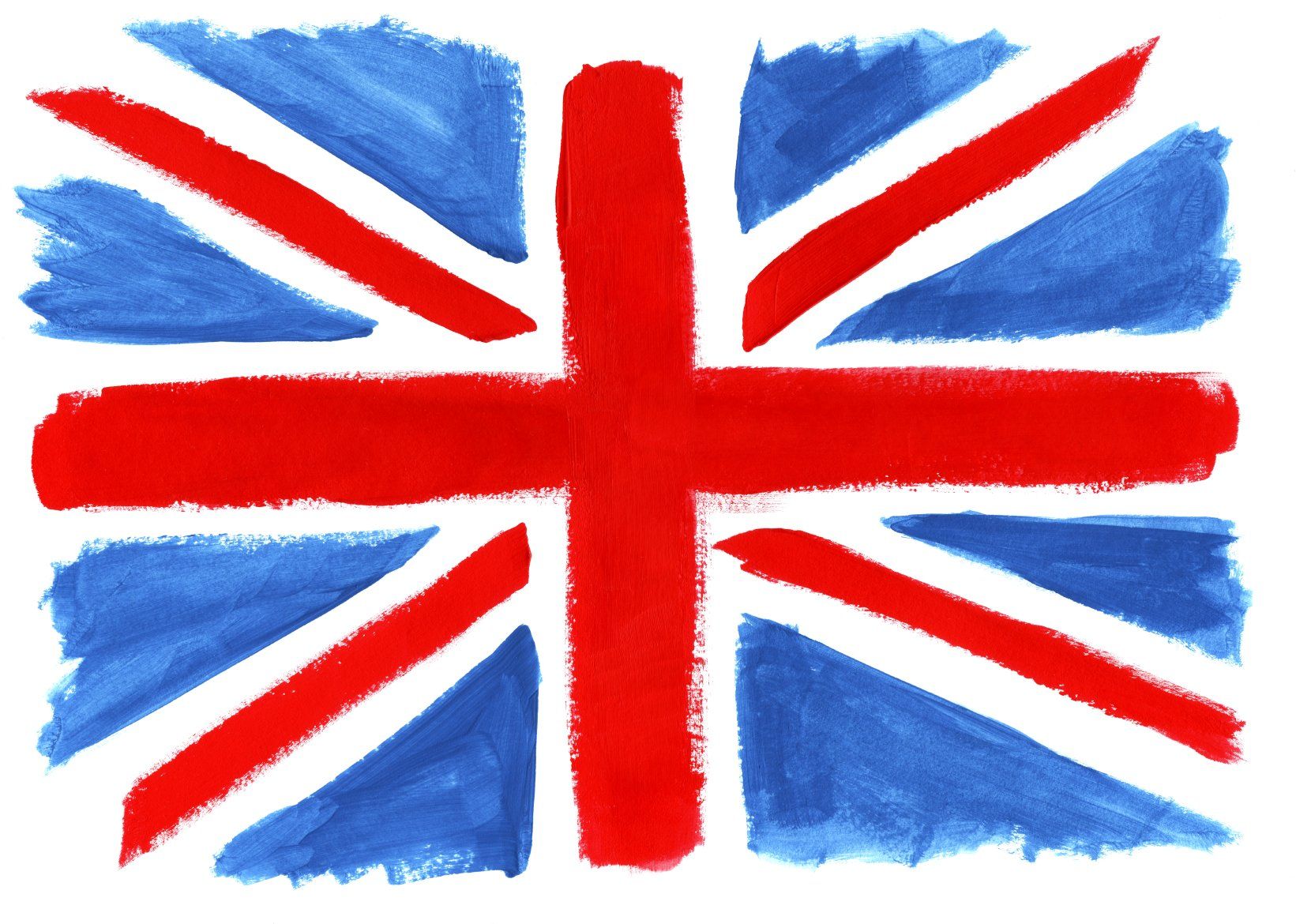The first step of your immigration journey is to book an appointment with one of our experienced Immigration Lawyers.
Blog Layout
This is a subtitle for your new post

Lawson Hunte is always looking for positive ways to improve peoples lives, we have looked into the issue of trafficking extensively and have found an interesting list on the US Department of State’s website which will help those who work with individuals who may have been trafficked. In 2015, the first thing we looked at was indicators. The catalyst to this article was having to deal with client's who had been tricked into leaving their homes overseas to come to the UK for a better life only to find themselves in bondage. A second, catalyst to writing this article was the difficulties these individuals faced when they tried to prove they had been treated in this way. To Immigration Law practitioners, I would suggest obtaining instructions for detailed witness statements, which even if there is no tangible evidence the pointers will be there suggestive of situations of trafficking. In cases where the client can afford this, expert reports will help to identify cases of persons who come from regions where trafficking is common, whether for children or others. The indicators are listed below:
Indicators
Living with an employer
They may be living in poor conditions
They may always be accompanied
Their responses are rehearsed and scripted answers
Their employer retains identification documents
They receive little or no pay
They are young
They are engaged in prostitution
There are other indicators which might apply but for the purposes of this article only a few are listed.
The UK has passed the Modern Slavery Act 2015, it is reportedly was first of it’s kind in Europe. The act aimed to provide law enforcement agencies with better legislative back up to tackle the crime of human trafficking and to provide stringer support and protection for victims. In the field of immigration the Home Office is a first responder under the National Referral Mechanism; this is a framework for identifying victims of human trafficking. The coalition of agencies includes local authorities, Police Forces, The Salvation Army, Migrant Help, the Refugee Council and more. First responders complete an application form which allows access to stage 1 – the investigation into whether an individual is a potential victim of trafficking. If the decision is affirmative the individuals can be taken to a safe house and will be granted a period for reflection and recovery during which time the agencies concerned undergo and intelligence gathering process. Victims have a period for reflection and recovery which is 45 days, before the investigation then moves onto stage 2 which utilises the information gathered in stage 1 to make an evidence based decision as to whether on the balance of probabilities the individual is “more likely than not” to be a victim of trafficking. In law the standard of proof referred to as the balance of probabilities means; is there a fifty fifty chance of
If the stage 2 is proved the victim is granted discretionary leave to remain in the UK for up to one year and is expected to fully co-operate with police enquiries into the incidence of trafficking.
If the criminal justice process is not utilised then the UKVI can use their executive powers to grant discretionary leave based on an assessment of the victim’s circumstances. The UKVI can also put in place arrangements under the Assisted Voluntary Returns of Irregular Migrants Process.
If it is found that the individual has not been trafficked then the UKVI may look at their other circumstances which may give them a right to live in the UK and if there is no right to remain they will be offered support to voluntary return to their

by Sonya King
•
31 January 2025
In some cases, you may be eligible for an eVisa (digital immigration status) instead of a physical BRP. Check your visa decision letter for instructions. Access your eVisa via the 'View and Prove Your Immigration Status' online service: www.gov.uk/view-prove-immigration-status. Log in using your details (email and passport number or reference number) to view your visa information and share it with others if required. The system will not recognise the vignette, use the contact us segment of the website and request help. The UKVI will take it from there.

by Sonya King
•
29 January 2025
Understanding Employment Financial Requirements under Appendix FM
Discover the key employment financial requirements for UK immigration under Appendix FM. Learn about the minimum income thresholds, necessary documentation, and how to meet the criteria for family visa applications.

by Sonya King
•
10 January 2025
Apart from those with Right of Abode, there is another category of individuals who are not subject to the Immigration Rules rather their presence in the UK is governed by International Agreements. This includes diplomats, persons attending international conferences, members of international organisations such as the Commonwealth Secretariat and Members of International Forces under the Nation Status Forces Agreement. Under some of the international agreements controlling the presence of Exempt persons and their spouses there is automatic permission for the Spouses to work in the UK. Under others such as the Nato Forces Agreement there is no implicit right to work for the spouses as the agreement does not automatically grant work permission, they would need to check whether work is possible with their command and or should they obtain employment obtain what is known as a positive verification notice applied for by their employer. It is useful, therefore for holders of Exempt Status to apply for a vignette before entry. A vignette is a stamp affixed to a passport indicating status and conditions.

by Sonya King
•
3 January 2025
More than just immigration law, we give added value. This post welcomes you to work with us in 2025. It informs how we work and what we are willing to give. We will manage your case expertly, your expectations and work towards your future in the UK in partnership and in compliance with Governmental requirements.

by Lawson Hunte
•
11 December 2024
The Life in the UK test is a vital step for British citizenship, but it can feel daunting for many. The test assesses knowledge of British history, traditions, and laws, with questions ranging from medieval monarchs to modern customs. Applicants often struggle because the content can seem far fetched and not easy to associate with day to day life, especially for those new to the UK. The test's multiple-choice format hence, knowledge is key , the pass mark is 75%. Many are nervous even before the study begins. That is why we are developing a program to help.

by Lawson Hunte
•
11 December 2024
Naturalising as a British citizen is a significant milestone, offering the opportunity to fully embrace life in the UK. The process involves meeting key criteria: residing in the UK for at least 5 years (or 3 if married to a British citizen), holding Indefinite Leave to Remain, and demonstrating good character. Applicants must also prove their English language ability and pass the Life in the UK test, covering British history, culture, and values. Finally, a citizenship ceremony celebrates this new chapter. Naturalisation isn’t just legal status—it's a new chapter for many, providing freedoms, rights and responsibilities to one of the most progressive nation states in the World.
Call us:
+44 757 2448981
All Rights Reserved | Lawson Hunte Immigration Services Ltd © Copyright 2024
This company is OISC Registered F201100237


